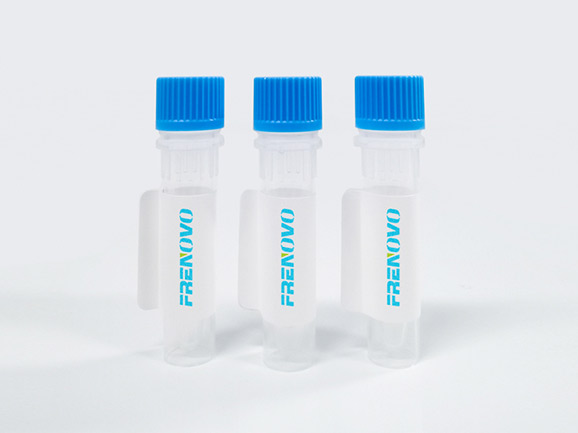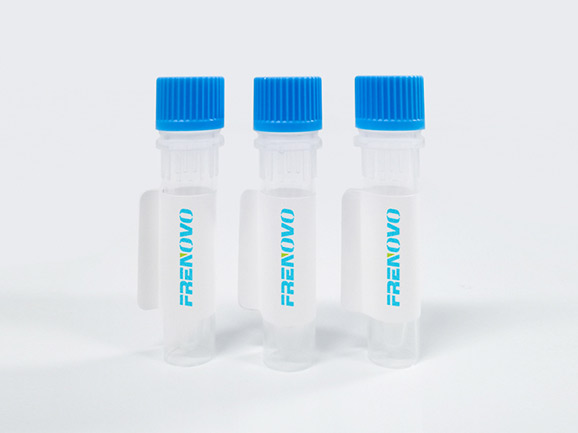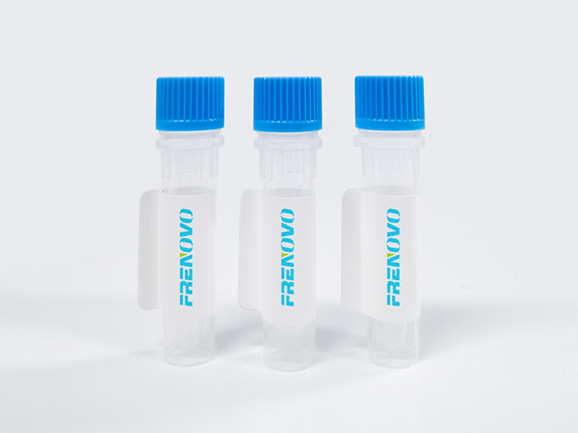Food safety rapid test instrument can quickly detect more than 200 items, including non-food chemicals, abused food additives, pesticide residues, veterinary drug residues, heavy metals, diseased meat, nutrient fortifiers, residue of antibiotics, hormone residues, residue of fungal toxins and chemical residues, etc. for on-site qualitative and quantitative detection.
Food safety rapid test instrument is an integrated food safety rapid detection and analysis equipment, widely used in food and drug supervision bureaus, health departments, higher education institutions, scientific research institutes, agriculture departments, breeding farms, slaughterhouses, food and meat processing enterprises, inspection and quarantine departments and other units. The working principle of the Food Safety Rapid Detection Instrument is introduced below:
Under certain conditions, organophosphate and carbamate pesticides have inhibitory effect on the normal function of cholinesterase, and their inhibition rate is positively correlated with the concentration of pesticides. Under normal circumstances, the enzyme catalyzes the hydrolysis of the metabolic product of neural conduction (acetylcholine), and the hydrolysis product reacts with the color reagent to produce a yellow substance. The change in absorbance value at 412 nm over time is measured to calculate the inhibition rate. The presence of high-dose organophosphates or carbamate pesticides in the sample can be determined by the inhibition rate.
Due to the different molecular structures of different substances, they have different absorption spectra for different wavelength light, thus having their specific absorption spectra. Even the same substance has different degrees of light absorption due to different contents. The standard curve method utilizes this characteristic to determine the substance content by first preparing a series of standard solutions with concentrations from small to large, respectively measuring their A values, using A values as abscissa, concentration as ordinate, and drawing a standard curve.
When determining the solution of food safety rapid test, the operating conditions should be the same as those when preparing the standard curve, and the corresponding concentration of the sample should be determined based on the A value of the test solution on the standard curve.
Specific antigens or antibodies are fixed on the membrane in a strip shape, and colloidal gold labeled reagents (antibodies or monoclonal antibodies) are absorbed on the binding pad. When the sample to be tested is added to the sample pad at one end of the test strip, it moves forward by capillary action, dissolves the colloidal gold labeled reagent on the binding pad, reacts with each other, and moves to the region of the fixed antigen or antibody. The complex of the test material and the gold marker reagent binds specifically to it and is trapped, aggregated on the detection strip, and produces a color reaction.
When the light source is irradiated on the test strip, the reflected light is collected and converted into an electrical signal. The positivity or negativity of the substance to be measured can be judged based on the strength of the signal.
The titration analysis method is to titrate a known and accurate concentration of the reagent solution into the solution of the substance to be tested until the added reagent reacts quantitatively with the substance to be tested according to the stoichiometry of the chemical reaction, and the content of the substance to be tested is calculated based on the concentration and volume of the reagent solution consumed.



